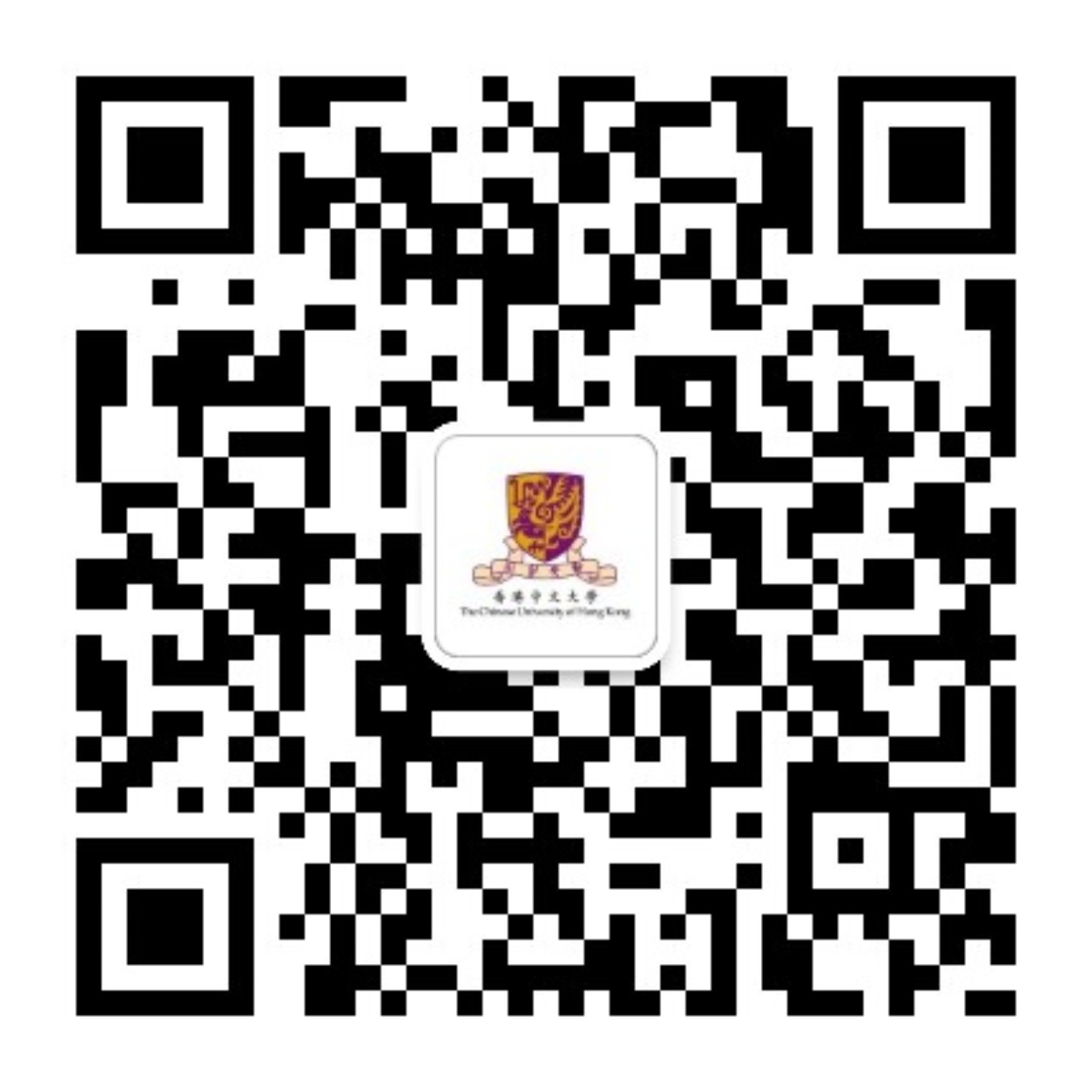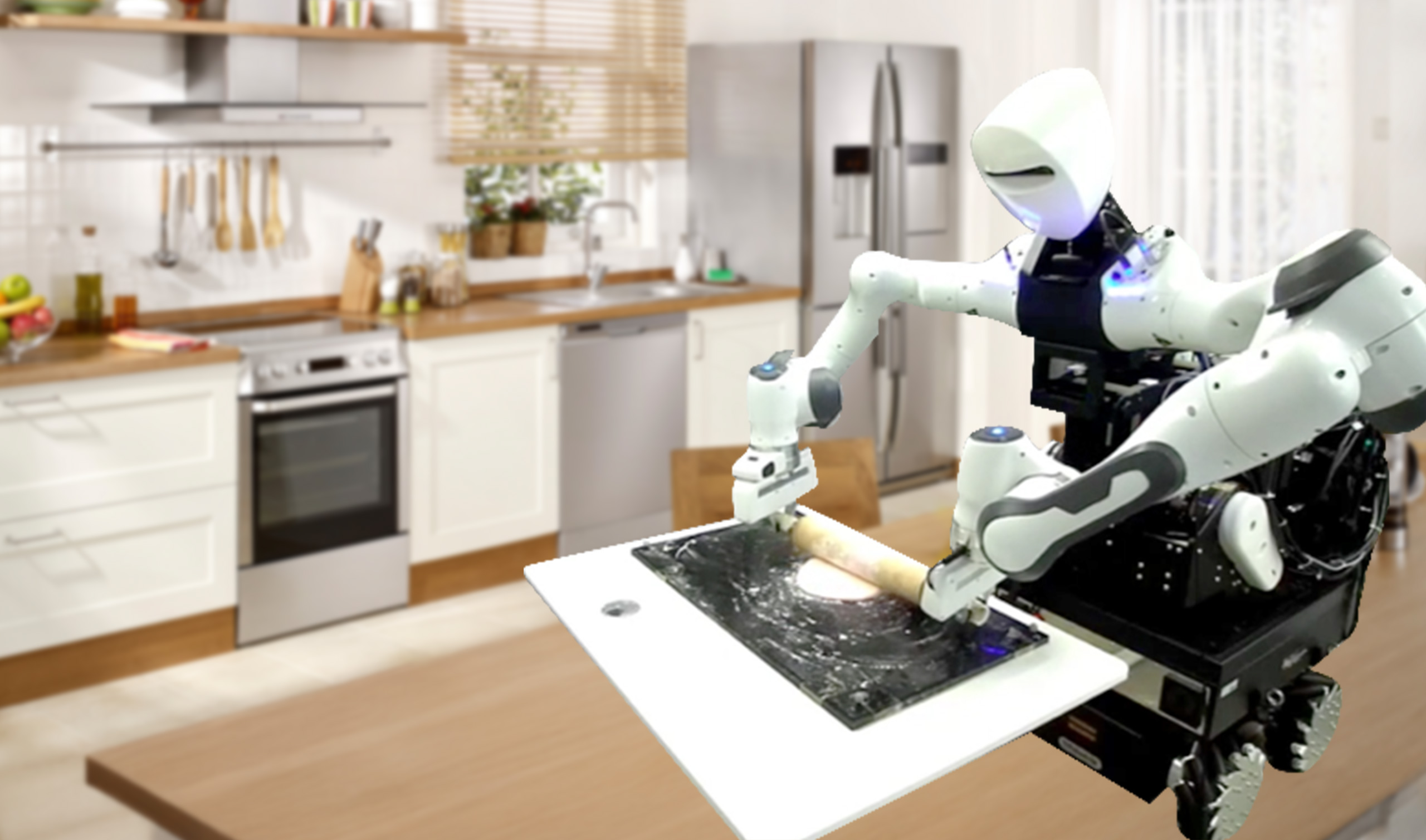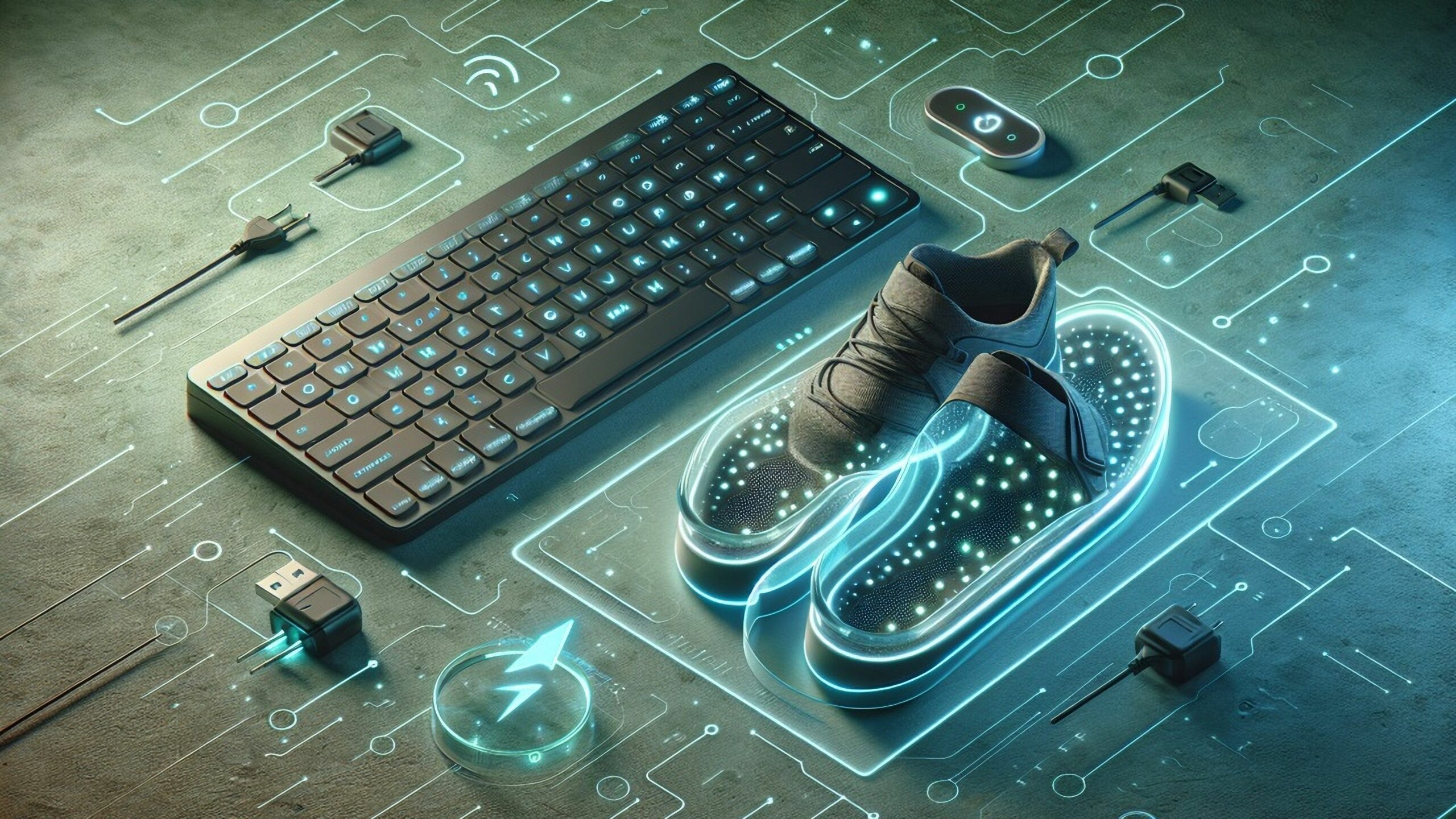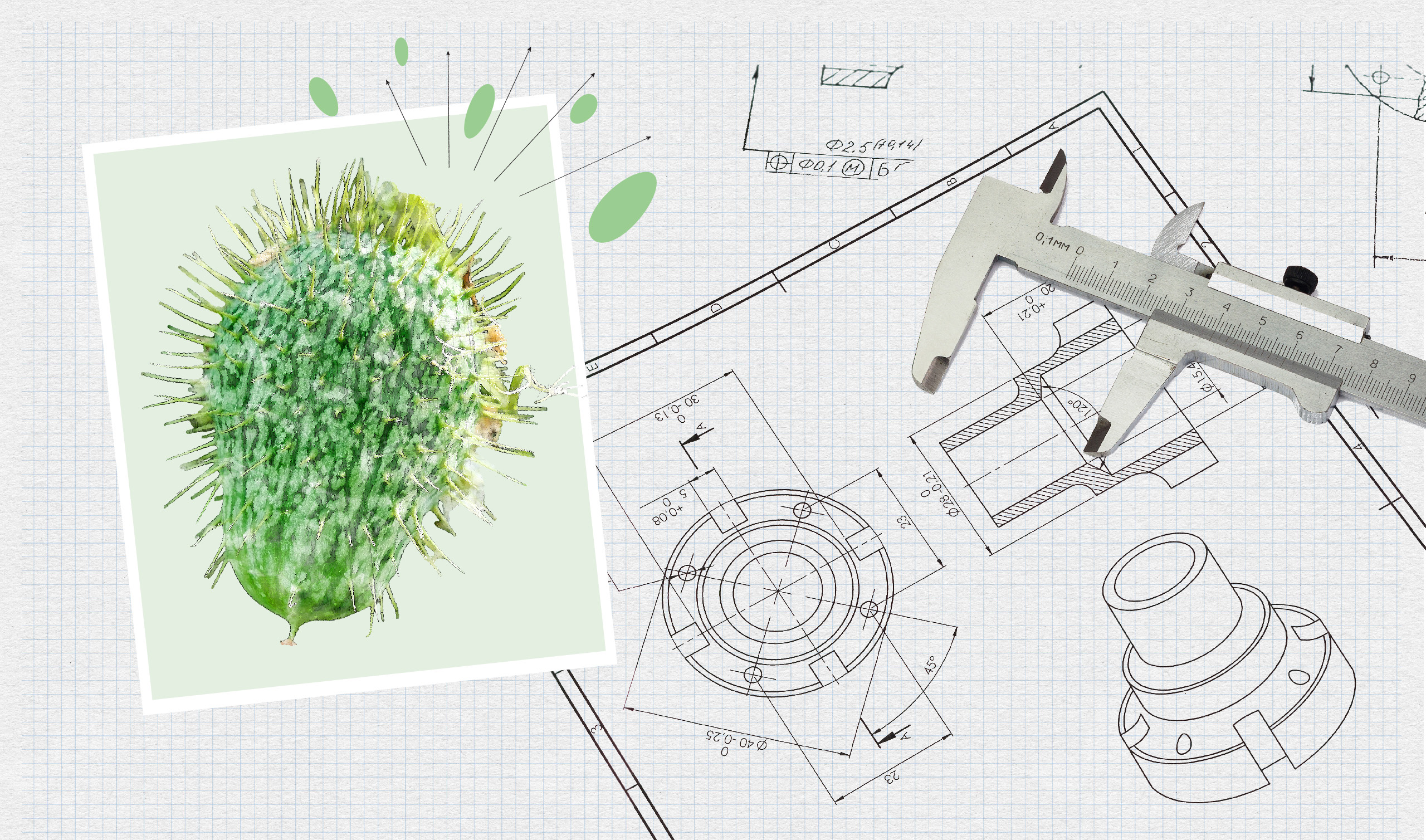Collaborative Dual-arm Robot Manipulator (CURI) has been busy in the kitchen, practicing various cooking tasks like dough rolling. Picture this: a robot rolling out dough with the precision of a seasoned chef, but without the floury mess! While CURI hasn’t cooked actual food yet, the dream is for it to become your personal Michelin-starred chef. Imagine a robot that not only watches but learns and perfects your favourite recipes, delivering dishes so perfectly seasoned, you’ll think it has a secret stash of grandma’s recipes.
Developed at The Chinese University of Hong Kong by Professor Chen Fei, Assistant Professor in the Department of Mechanical and Automation Engineering, CURI robot is extremely dexterous. It’s as dexterous and smart as a person is, in fact – but, harnessing the power of GenAI, it’s also capable of learning from its observations of human demonstration, and of doing so surprisingly quickly. It can work out how to shake hands with someone after the action is demonstrated to it five or 10 times, for example, and is capable of cooking your favourite meal after just 30 demonstrations.
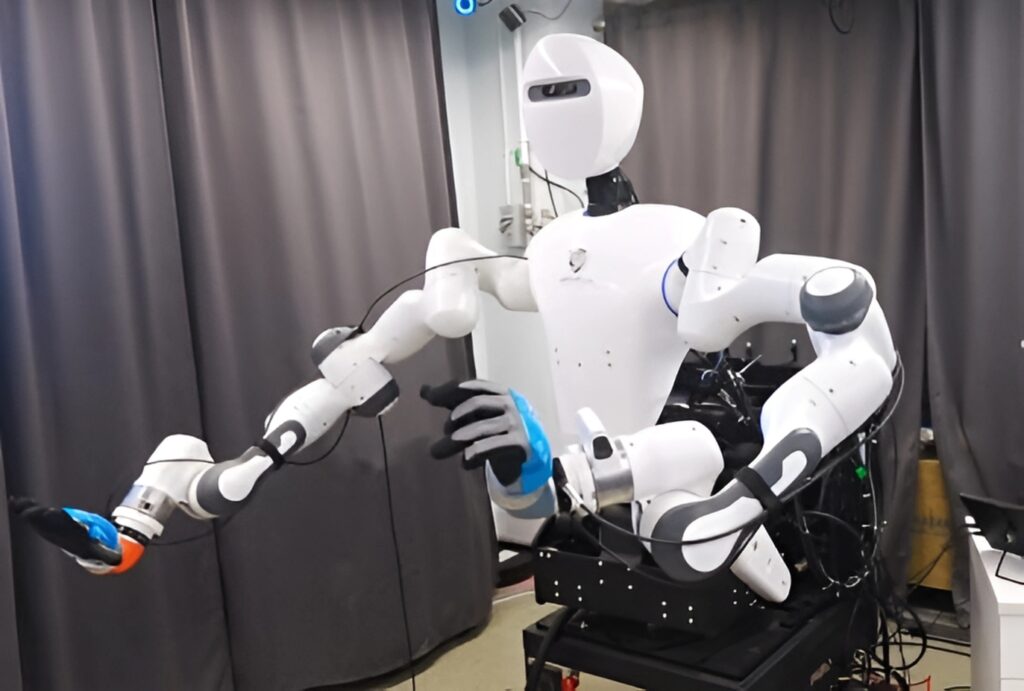
The AI observes a human doing something and decodes the logic behind it; effectively, it is able to work out how humans behave and then do the same thing and generalise to similar scenarios, as many times as it’s asked to, with total accuracy (and, unlike a human, it’s unlikely to complain about having to do so). By doing so, it makes it much easier, more efficient and safer for people and robots to interact and collaborate.
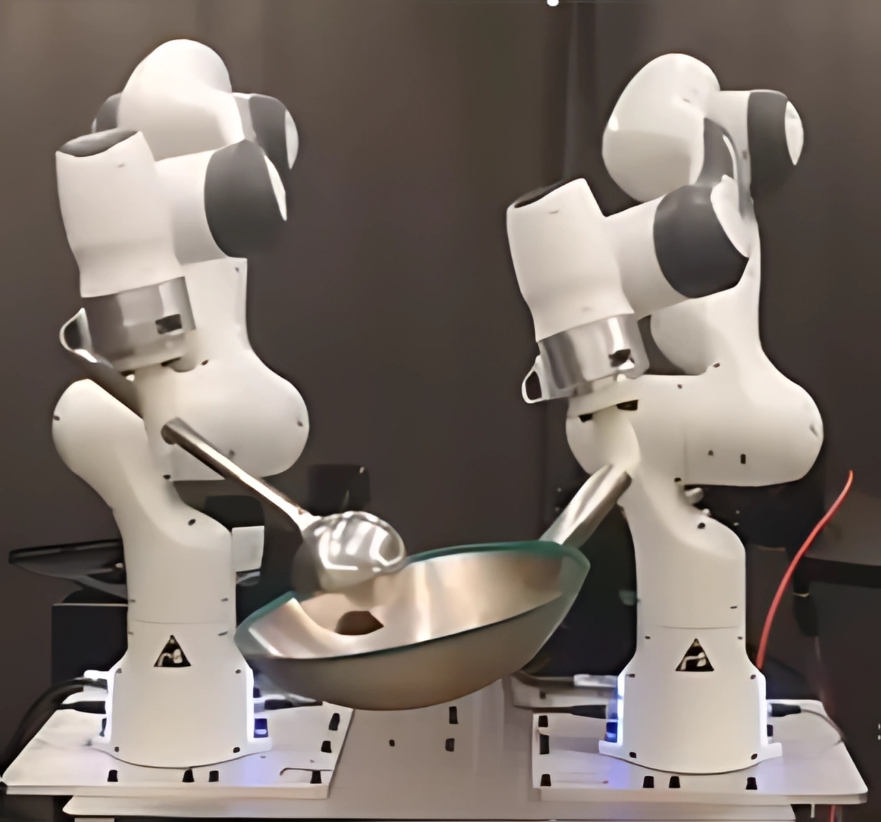
“Our vision is to create a truly general-purpose collaborative humanoid robot capable of performing a wide array of tasks that humans encounter daily,” says Professor Chen. “Our unique approach focuses on teaching the robot skills and abilities to improve through human demonstrations, just like kids, so it can perform more tasks in daily life.”
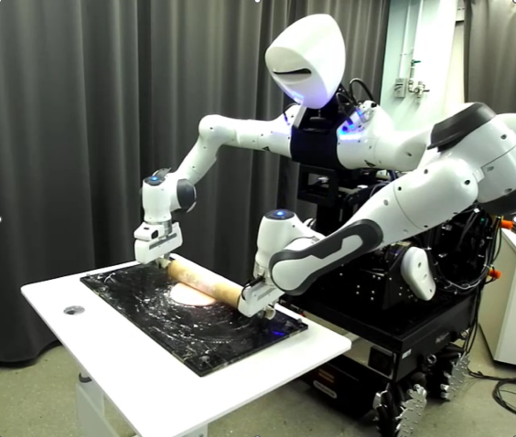
CURI is an unusual, interesting looking creature. It boasts a humanoid upper body with agile, sci-fi-inspired arms, and a wheeled mobile base that can autonomously navigate in any direction. Its perception capabilities are akin to those of humans, featuring “eyes” in the form of an RGB-D camera that provides real-time scene information, such as identifying humans and objects. Additionally, it has a “trunk” that can twist like a jujitsu practitioner, highly adaptable and dexterous hands, sensitive force perception and control, and the ability to operate specialised tools for specific tasks.
“CURI’s dual-arm system and advanced mobile platform make it particularly adept at tasks that require coordinated movements and precise manipulation,” says Professor Chen. “Additionally, CURI shines in human-robot collaborative scenarios, such as co-transporting large objects and performing immersive tele-manipulation tasks.”
In other areas, Professor Chen and his team are still working on improving CURI’s cognitive and operational capabilities by integrating the cutting-edge research on robotics and artificial intelligence. They are also developing CURI Gen2, the second generation of the CURI robot, he adds.
Professor Chen and his team are still working tirelessly to improve CURI’s capabilities: “CURI currently faces challenges with tasks that require extremely fine motor skills or complex decision-making beyond its current AI capabilities, such as ingredient preparation, cooking, complex manipulation tasks, and tasks requiring higher cognitive abilities. Key technologies such as open dialogue, complex reasoning, and operational problem-solving are still unexplored areas at the forefront of science and technology.”
The current version of the robot is pretty large, making it suitable for industrial tasks; in fact, it’s proved particularly adept at working in warehouse logistics, effortlessly lifting and moving heavy boxes around. However, Professor Chen and his team are working on a smaller, human-scale version of the CURI Gen2, which is targeted at home scenarios and can perform daily chores such as folding clothes, cleaning and cooking. It is also intended for use in medical settings and elderly homes, hoping to help more people perform tasks through robots, says Professor Chen.
“In manufacturing, CURI could handle assembly line tasks and quality control. In healthcare, it could assist in patient care and rehabilitation. The hospitality industry could benefit from CURI’s ability to perform various service tasks; while in retail, it could manage inventory and customer service roles.”
SOTA Robotics (HK) Limited is a start-up company founded by Professor Chen’s team. As its name suggests, its mission is to advance and innovate the state-of-the-art (SOTA) in robotics technology. SOTA Robotics has received support from the Technology Start-up Support Scheme for Universities (TSSSU) by the Innovation and Technology Commission, the Incubation Programme by the Hong Kong Science and Technology Parks Corporation, and the Hong Kong Centre for Logistics Robotics by CUHK InnoHK Centres. The company is actively engaged in the research and development of humanoid robots and Embodied AI-related products.
At the same time, Professor Chen and his team are working to push the robot forward in various other ways, making them partners for every human being. “Our mission is to promote humanoid robots into every household. Currently, we are in the process of developing CURI Gen2 robot, set to launch in mid-2025,” he says. “This next-generation CURI promises to be more agile, lightweight and intelligent, enhancing the decision-making and execution capabilities of embodied intelligent humanoid robots in complex operational tasks. CURI Gen2 will integrate latest technologies such as generative artificial intelligence, multi-modal embodied perception, and end-to-end control systems. These advancements will solidify its position at the forefront of robotics technology, laying the foundation for more complex autonomous decision-making and safer, more effective human-machine interaction.”

